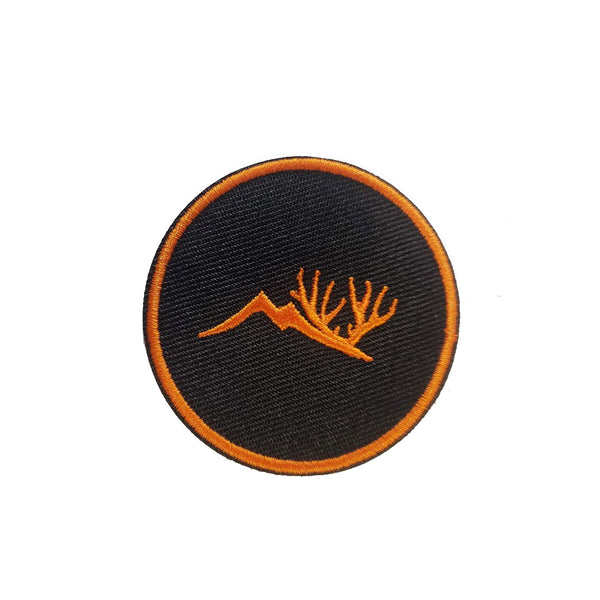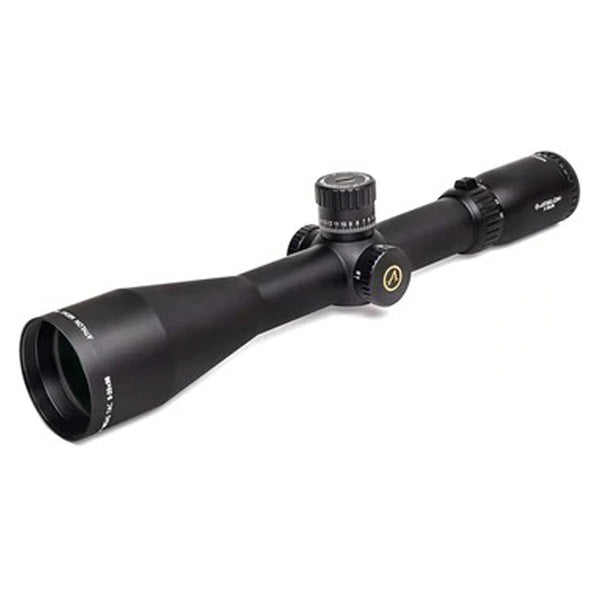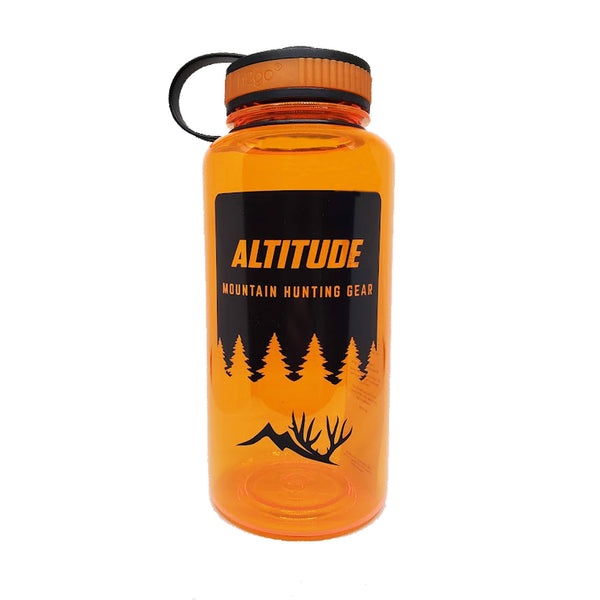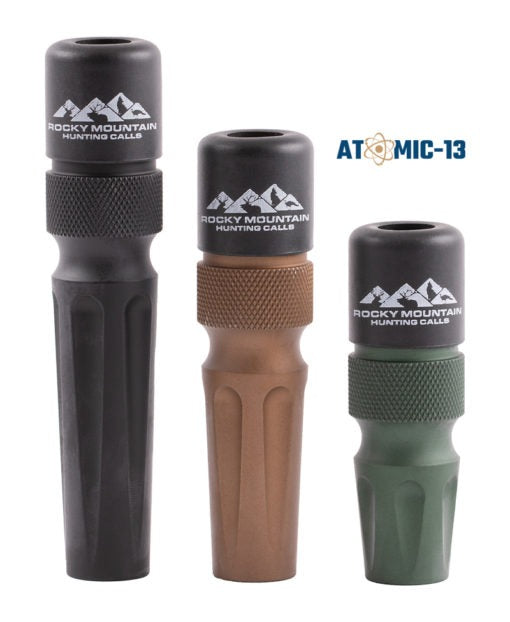In today's hunting and outdoor industry, we're lucky to have a greater selection of base layers than ever. More choices can make it hard to choose, but is a great benefit for us to have a lot of great choices and alternatives when compared to available options even 10 years ago.
For the purpose of this article, let's simplify our options to 3: 100% Synthetic materials, Merino Wool material, and Hybrid or a mix. Clothing labels will spell out what type of materials are in each product, so when you're shopping for new base layers, or want to look at what is already in your closet, take the time to look at the label so you can know exactly what materials are in each.
In this article we'll discuss the pros and cons of each material, then think about practical application of when and where to use each material.
Synthetics:
Synthetic materials are commonly labeled as polyesters. Polyesters are made from a resin that is linked together. Synthetics are resistant to environmental conditions like wind and water. Sometimes they'll be referred to as a Hydrophobic fiber which means they hate water. Because of this you'll find that synthetics dry quickly, can be very wind resistant and waterproof membranes are most often made from synthetic materials. Synthetics are a moisture wicking fabric, so as a base layer, they will move water from your skin to outside your garment, or to the next layer - thus drying quickly. A big downside to synthetics is that they are not antimicrobial and can smell. In premium synthetic garments, you'll often find a treatment or added fiber like silver that are antimicrobial and will help keep the garment from bad odor due to microbial growth. However, synthetics are also some of the best performing garments in terms of weight to heat ratios.
So in a nutshell, Synthetics are:
- Fast Drying
- Moisture Wicking
- Higher Warmth to Weight Ratio
- Smelly if not treated
- Some treatments are not long performing or environmental friendly


Merino Wool:
Merino wool is a natural fiber that is made from carotene proteins in sheep wool. Merino wool garments are typically made by twisting strands of shorter merino wool fibers. Because they are twisted tightly, this causes them to be less durable. The twisting nature of the fabric is also why merino wool fabrics are not as itchy as traditional wool. Merino wool is a Natural Hydrophilic fiber, which means it will hold water and not repel it like synthetics. Water is then evaporated out of the garment due to heat from your body or the environment. This can create a process called Evaporative Cooling where the heat from your body is pulled into the fibers to create evaporation. At the same time, while the fabric is pulling water into the fibers, it leaves your skin dryer and that means more warmer skin. This is why merino wool works so well as a base layer and you can feel cooler when you're sweating a lot, and provides some warmth even when the garment is wet. Merino wool is also antimicrobial because it's made of carotene proteins. It doesn't necessitate treatment or other fibers to keep away microbe causing odors and smells.
Here's a quick breakdown of Merino Wool:
- Hydrophilic (Holds Water)
- Less Durable
- Naturally Anti-microbial (not smelly)
- Warm when wet
- Naturally Cools due to Evaporative Cooling
- Lower warmth to Weight Ratio

Hybrids and Blends:
We'll often see hybrid garments due to the fact that merino wool is expensive. You'll often find other materials mixed in. Not that they are all bad - some garments will have added fibers to add more strength or durability to the merino wool, while other will use filler polyester to decrease cost. Be conscious of what other materials are used with both synthetics and merino wool fabrics to make sure you're getting the performance you want. There are a few materials like elastics (spandex, Lycra) that are added to a lot of products and probably aren't what you want in a long lasting product, as they break down with washing, UV exposure, and ultimately fail which will cause the fit of the garment to change drastically over time. Cotton is another fabric that doesn't do you much good from a technical standpoint -- it holds moisture, doesn't provide warmth, is very heavy and not durable. Always check the label to see what filler fibers are being used in blends.
Hybrids/Blends:
- Can take the best of synthetics and Merinos to create high performance product
- Watch out for non-functioning fillers
- Stay away from certain fibers (like elastics)

Application: Where and When to wear what?
From our understanding of how each garment works, we can decide where and when to wear each garment type.
Hot, Warm, and conditions: Wear Merino Wool -- while this may seem counter-intuitive, If you're hunting where you're sweating a lot, and constantly adding water to your base layer garment, merino wool makes a lot of sense. Because it is always wet and constantly evaporating, you'll feel the cooling effect. Synthetics can work well in warm conditions as well because they dry quickly, however, you will feel cooler wearing a merino product.
Cold and wet Conditions: Synthetics -- when it's cold you'll often be wearing mid layers or a rain shell. A synthetic garment will move the moisture from your skin, to the environment as it tries to repel and dry quickly. Whereas a merino product will hold moisture in its fibers causing it to weigh more and evaporate slower - especially with a waterproof type membrane over the top of it.
In a nutshell: Merino wools and synthetics each have their benefits. Merino wool has the most benefit as a next-to-skin layer. If performs well in warm, wet, and even cold conditions because it pulls water into the fibers, away from your skin, and then evaporates when warm to create a cooling effect, however it doesn't perform as well as a mid or outer layer due to its durability and warmth to weight ratios when compared to synthetic materials. Synthetics function very well as a performance material that dries quickly and repels water, wind and environmental conditions.
What works best for you?
For me, I find myself wearing a lot of synthetics, but I do own a couple of merino base layer items. Some of my favorites are: Sitka Lightweight Core Hoody, First Light Chama Hoody (no longer available, so I'd look at the Wick Hoody), Kuiu Peleton 95 Fleece Zip-T Hoody) - As you can see I like hoods, but these are mostly available without a hood.
Try it! Purchase some quality products and give them a try to see what you prefer for the conditions you hunt in. Just check your labels, use quality products and you'll find yourself more comfortable on your next hunt in sometimes extreme weather conditions.


















Leave a comment